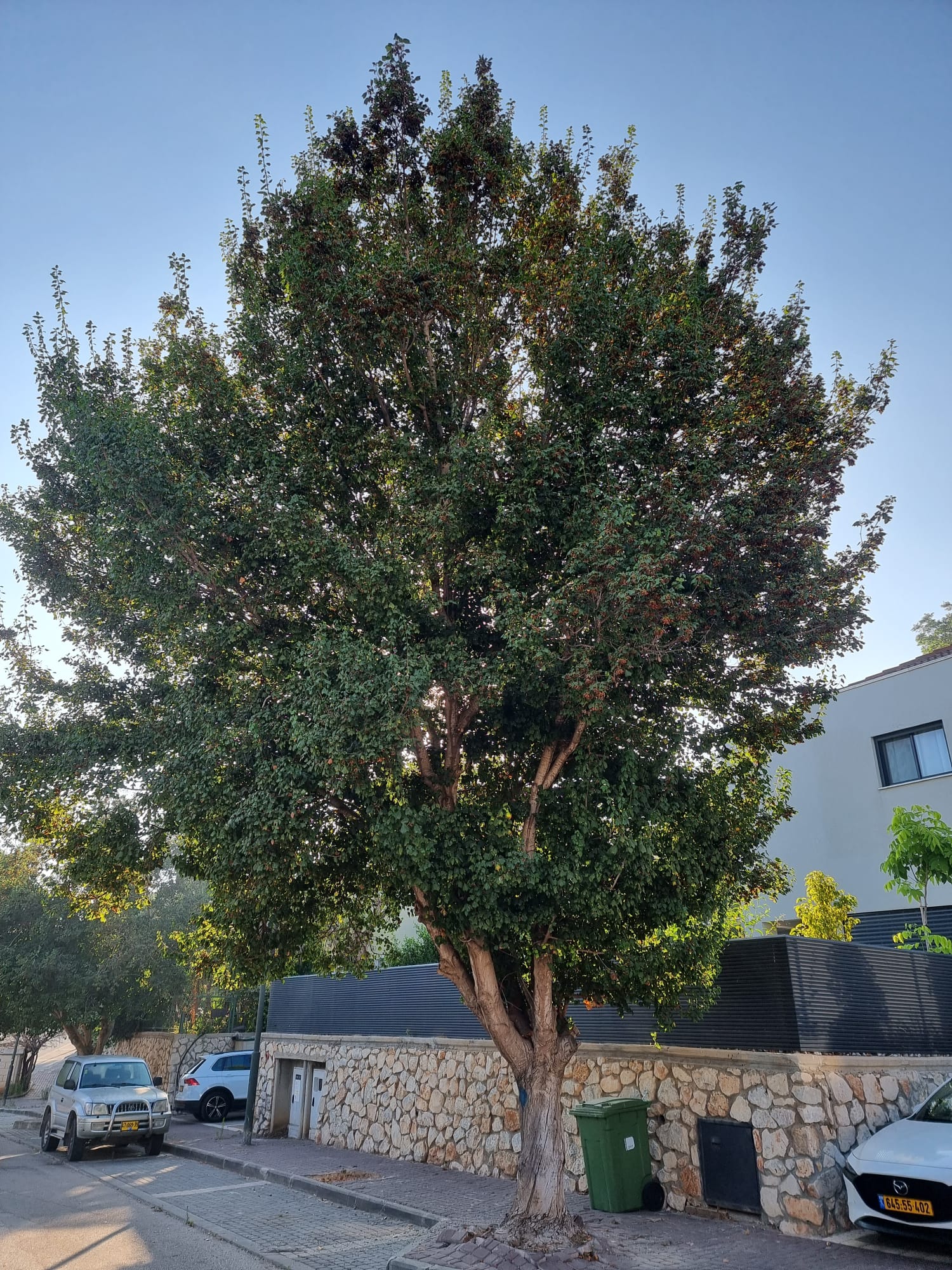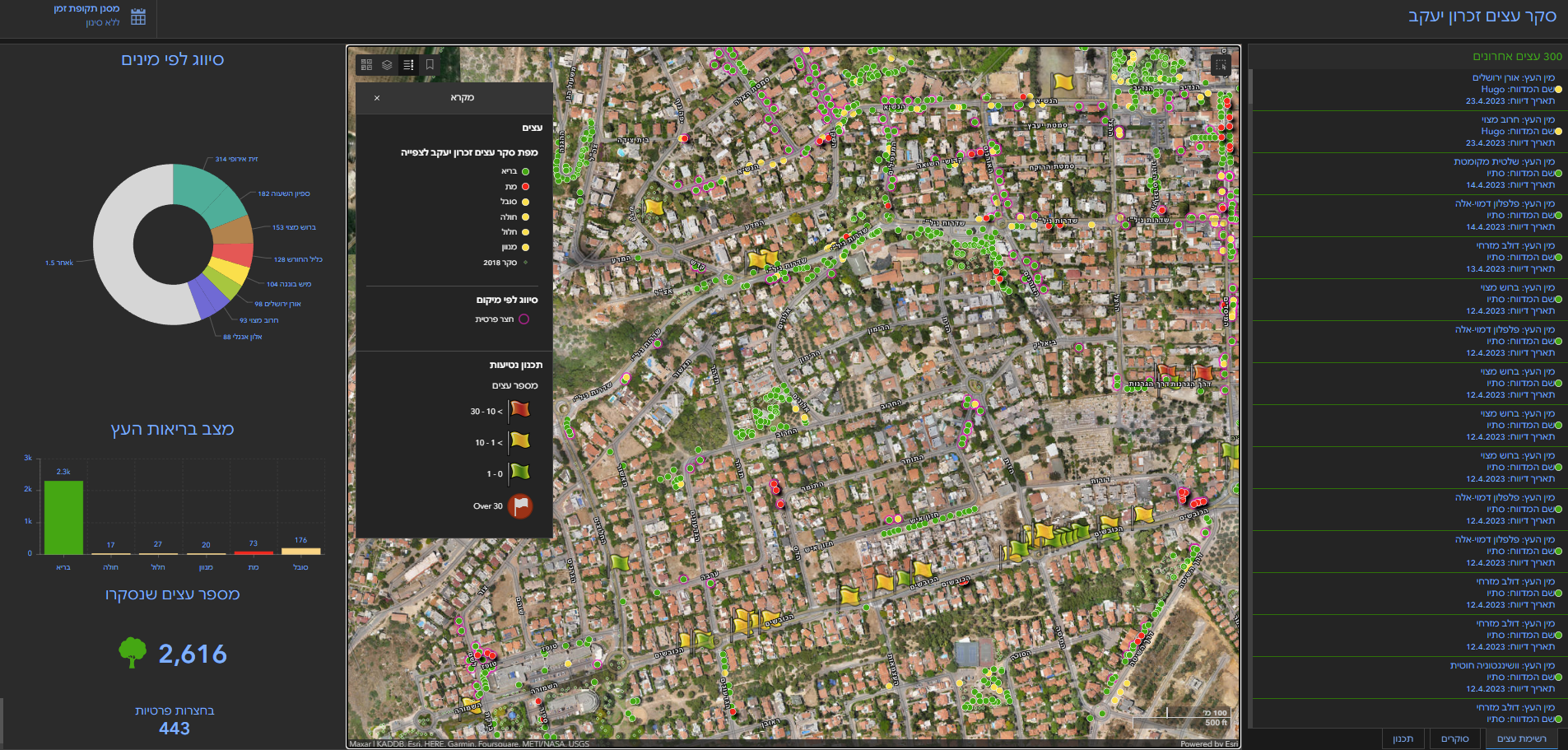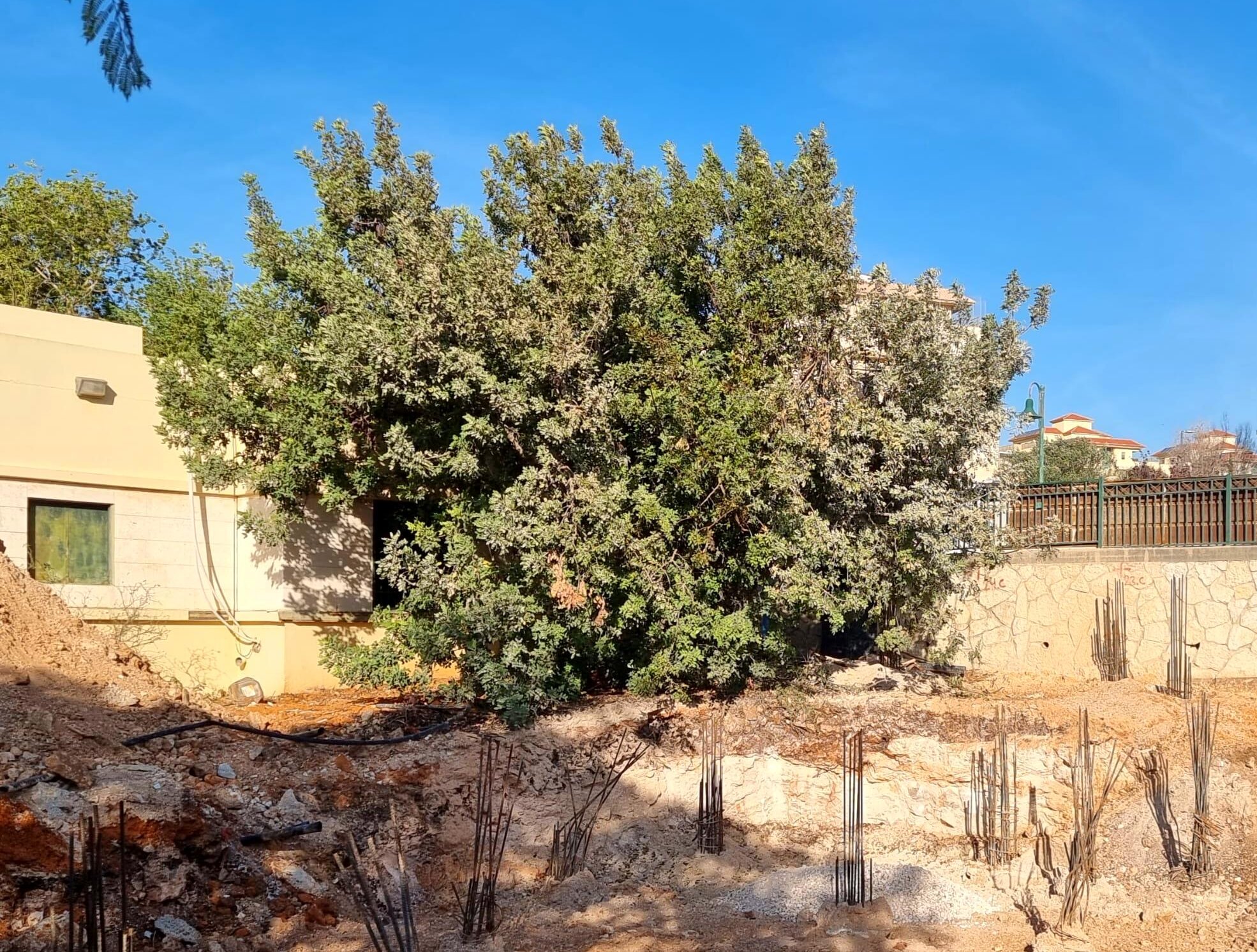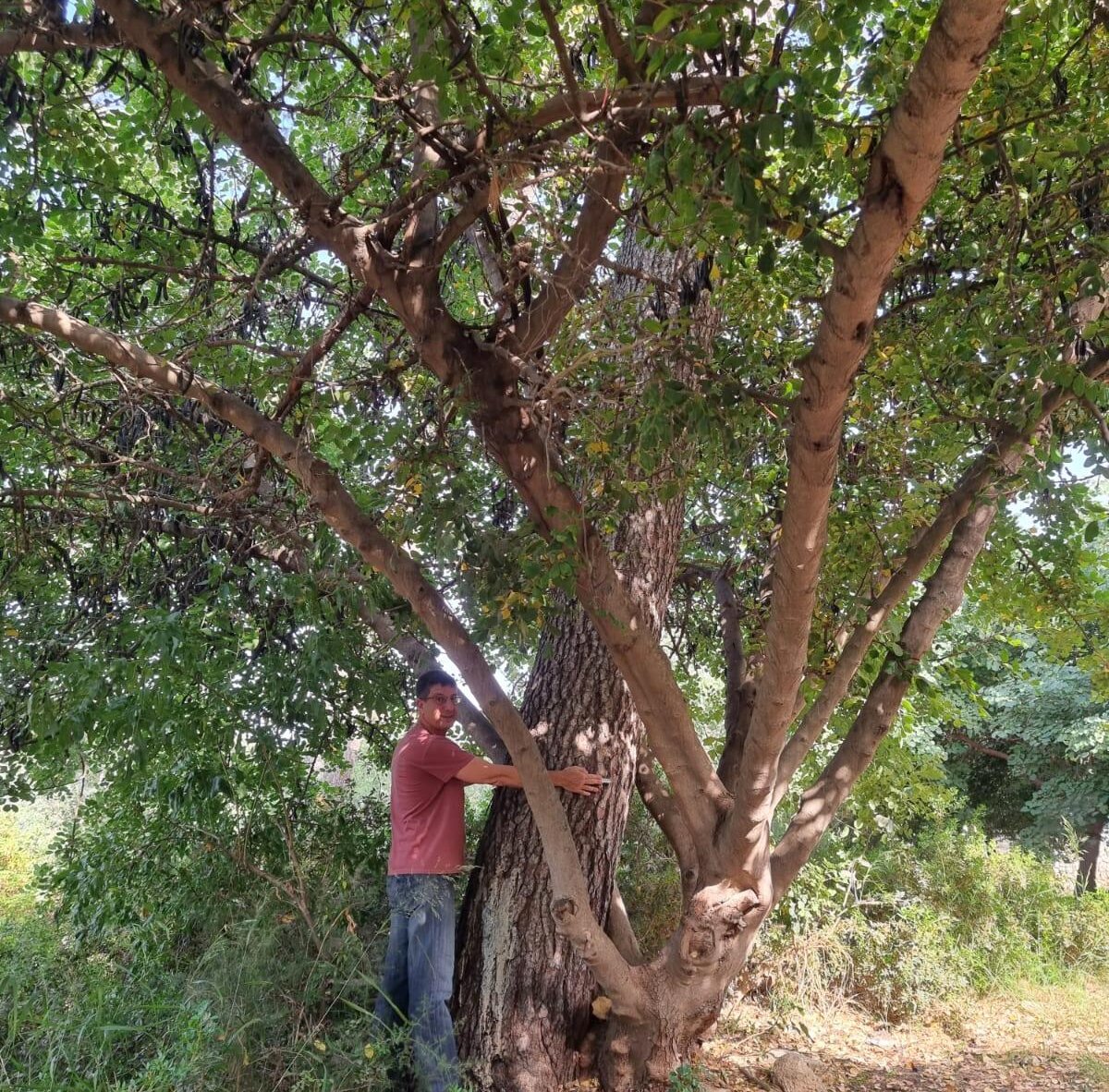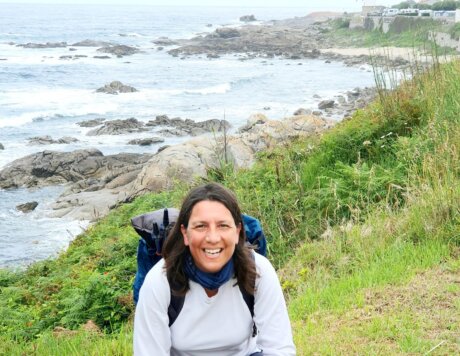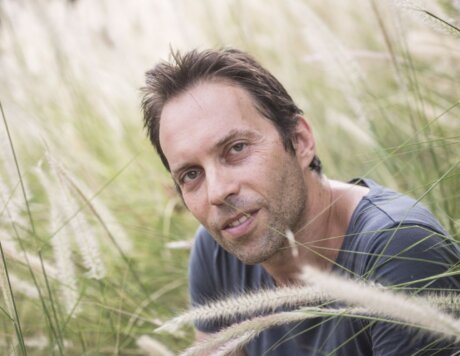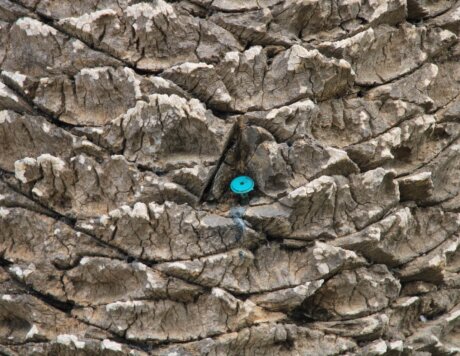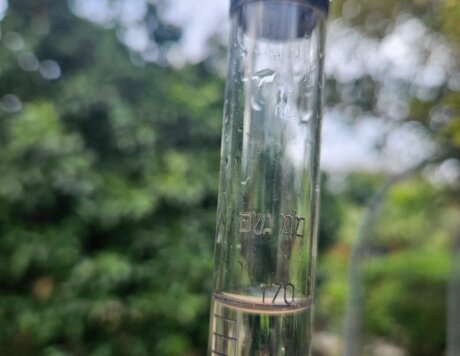When Ronit Zaks, an employee of Ramat Hanadiv, resident of Zichron Ya’akov, and leading member of the Tree Protectors – Zichron Ya’akov WhatsApp group, begins to talk about her involvement in protecting trees in her town, she is quick to mention the most recent tree that the group managed to save from being cut down, a huge Syrian maple. ‘Right now I’m writing to update the group that we managed to suspend the tree-cutting licence’, she says happily, and mentions the carob tree next to the synagogue that still stands proudly thanks to the alertness of the group’s members.
The group began eighteen months ago with four members, and today it numbers several dozen participants, with almost daily communication. In the Zichron Ya’akov tree-mapping project led by Ramat Hanadiv in partnership with the Zichron Ya’akov Local Council the group was a crucial factor; to date, its members have mapped 2616 trees in open spaces and hundreds of trees in private gardens – mostly during focused campaigns over a few intensive weeks. The tree survey and mapping paved the way for the planting of new trees to shade the walking trails between public buildings and schools in Zichron Ya’aov. ‘This joint initiative to shade the urban space in Zichron Ya’akov has already led to the planting of about 150 trees along the path to Hachoresh School’, says Taya Mavor, Director of the Department of Environmental Quality and Sustainability in the Zichron Ya’akov Local Council.
These trees are the first step to achieving the objective that the local council set itself: to encourage walkability in the town by planning plantings that will increase the amount of shade along the main walking axes in the urban space.
‘The community is part of the system that helps to protect trees in the urban space and plan for the future’, says Dr. Liat Hadar, Director of Research at Ramat Hanadiv, who is involved in the project. ‘Here there are many people keeping their eye on the trees and someone will act when there’s a problem’, she states, and explains through the action of the group the importance and


